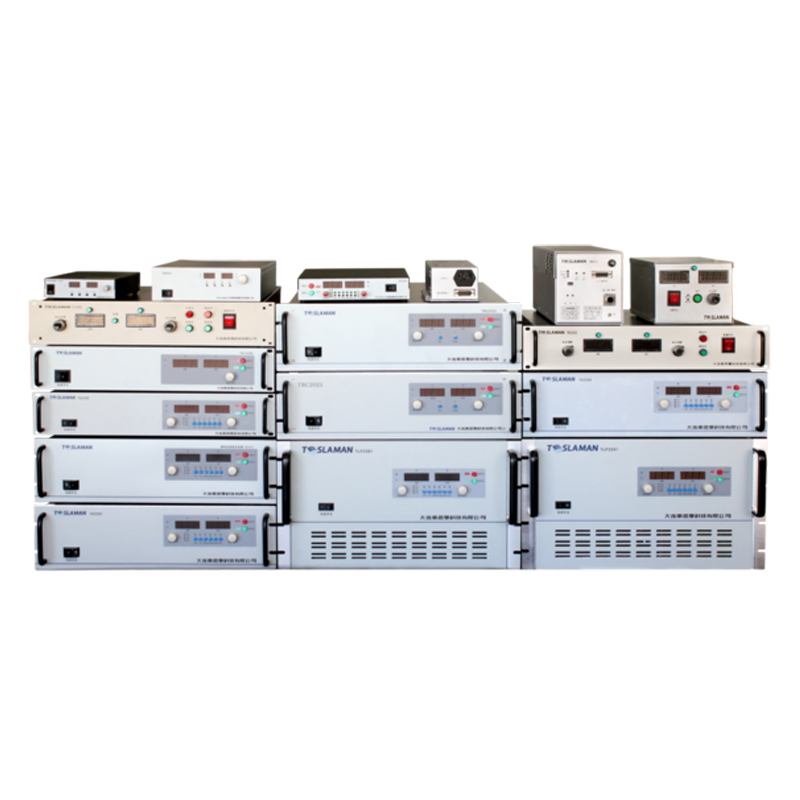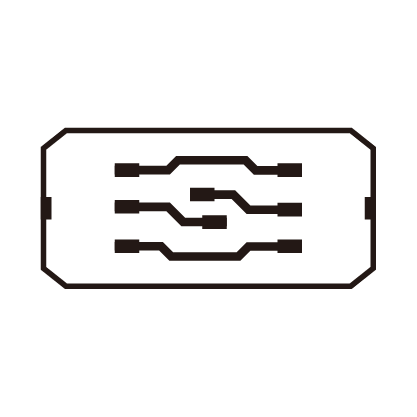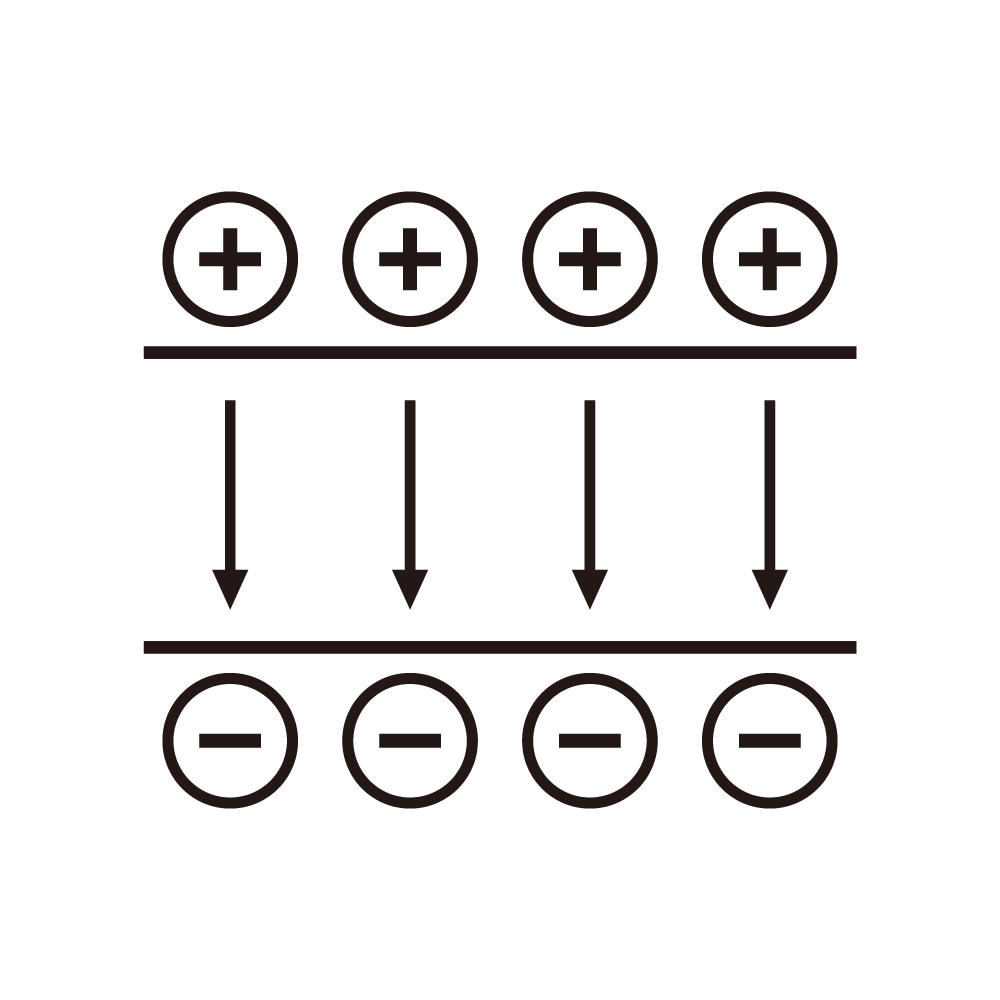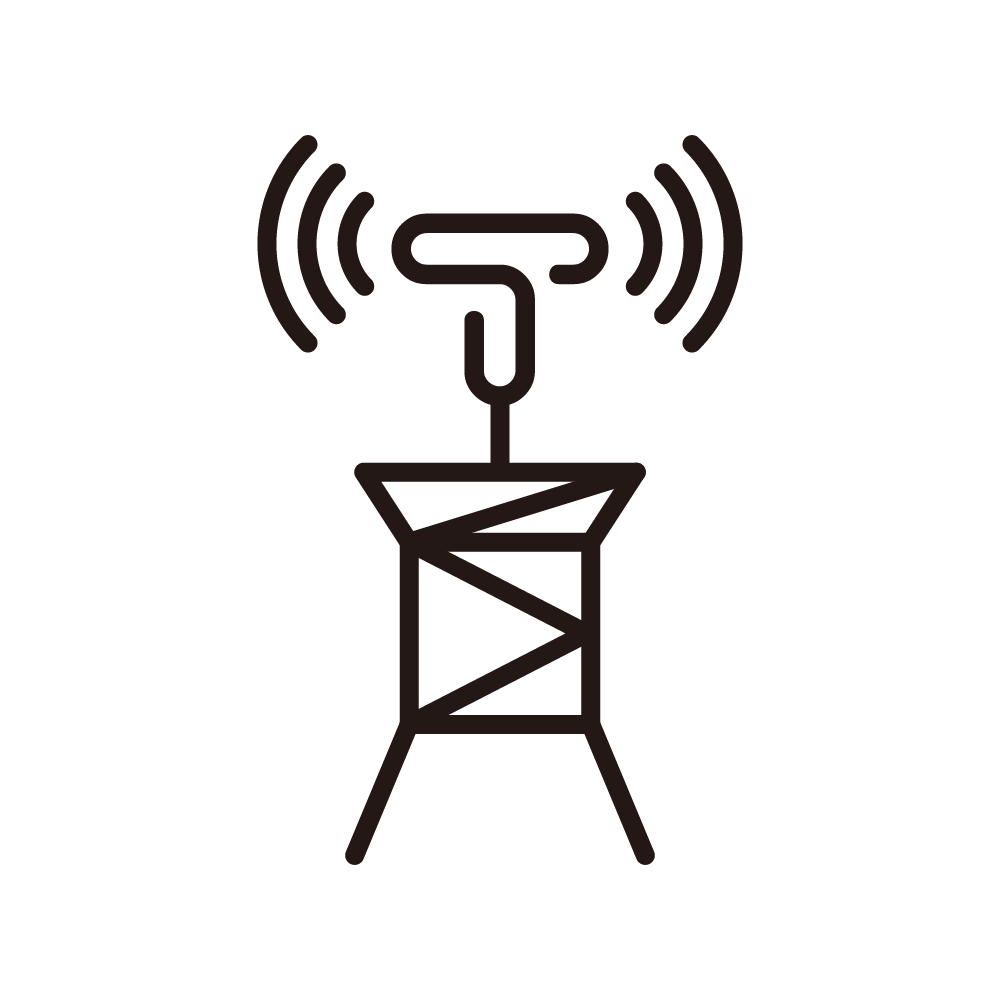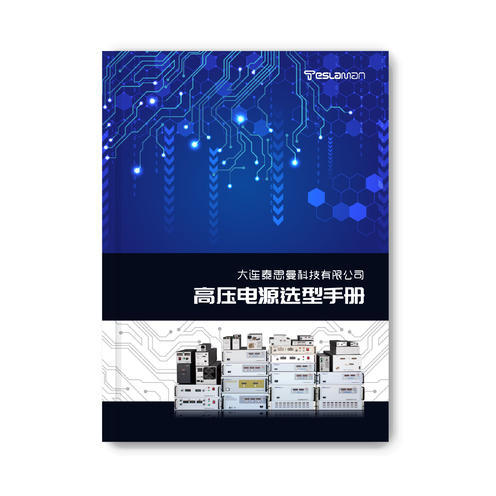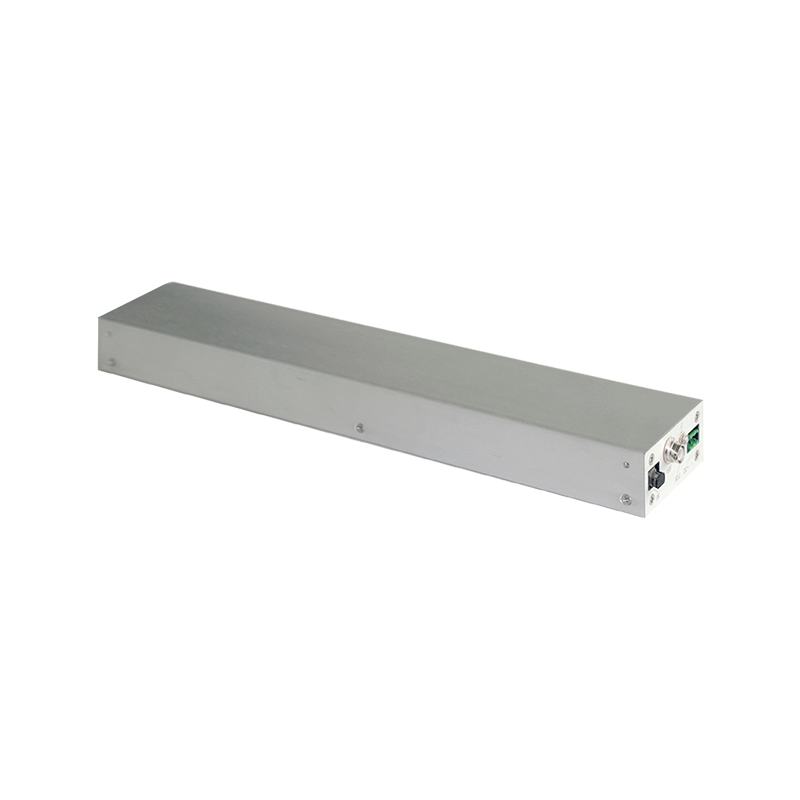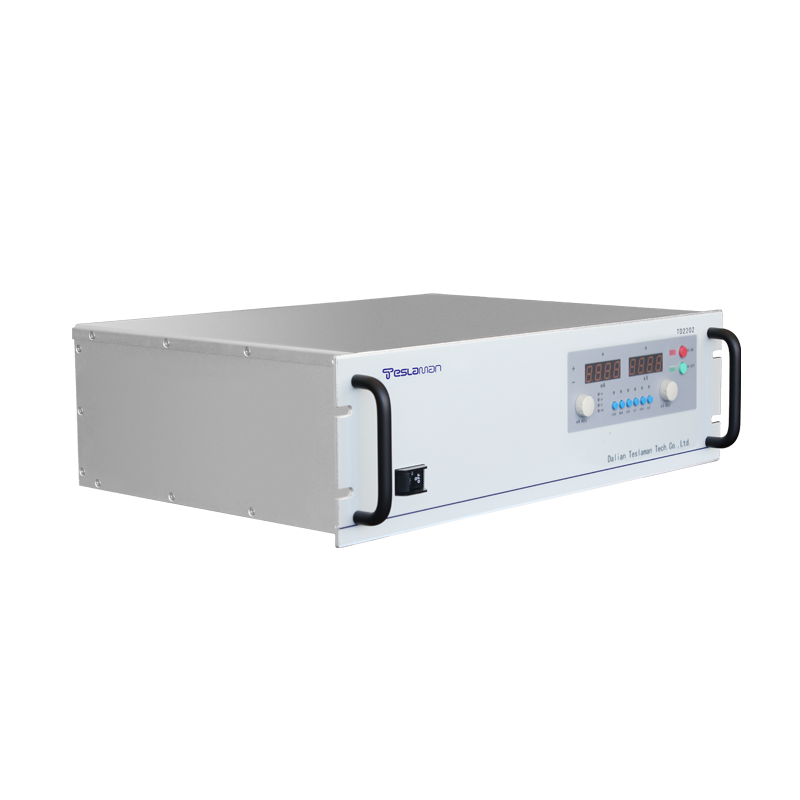Precision Focusing and Tissue Protection in Coronary Lithotripsy Pulse Power Supplies
In intravascular lithotripsy for coronary artery treatment, a high-voltage pulse power supply is employed to generate localized shockwaves that fracture calcified plaque without damaging vessel walls. The challenge lies in delivering sufficient energy density for effective fragmentation while preventing collateral tissue injury.
The power supply uses a programmable pulse-shaping technique to tailor the energy release profile. Through precise control of the rise time, pulse width, and discharge energy, it achieves optimal acoustic focusing at the target site. The DSP-based control core continuously adjusts output parameters according to real-time feedback from acoustic and impedance sensors within the catheter tip.
A multi-stage energy storage system composed of parallel high-voltage capacitors enables microsecond-level control of discharge sequences. The energy delivery is modulated in a step-down sequence to prevent shockwave reflections that might harm surrounding tissues.
To further minimize damage, an intelligent limiting algorithm dynamically reduces pulse amplitude once fragmentation efficiency exceeds a defined threshold. The energy transfer efficiency is monitored by measuring both input electrical parameters and reflected signal strength, ensuring stable and precise power control.
High isolation transformers and synchronized MOSFET switching arrays maintain waveform integrity under transient high-current conditions. This system provides superior control precision and tissue protection, making it an essential advancement in medical high-voltage power technology.
